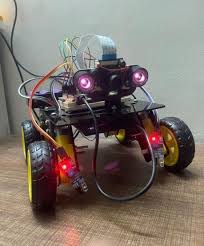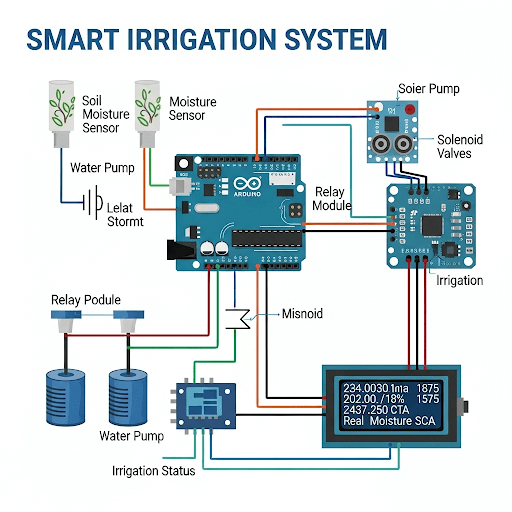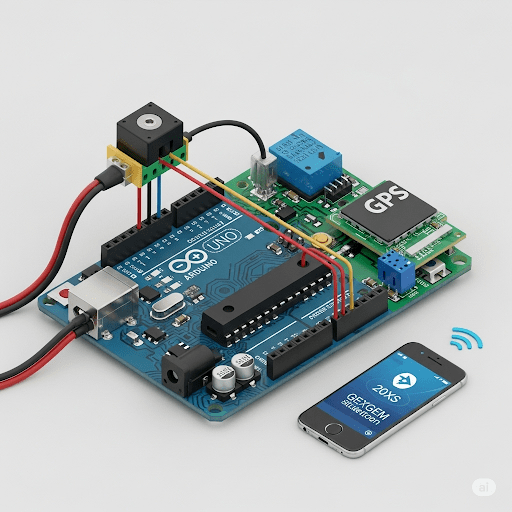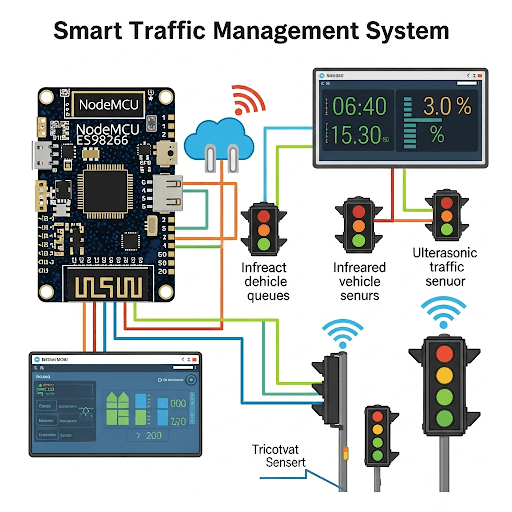Design and implementation of an IoT-Based diabetes remote monitoring system
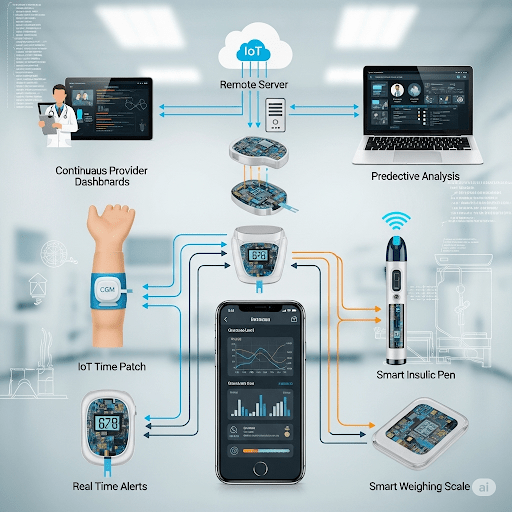
Real-time diabetes remote monitoring uses Internet of Things (IoT) technology to measure blood glucose levels, heart rate, blood pressure, and body temperature. Typically, a self-management system for diabetes is designed to detect the presence of particular molecules, particularly hyperglycemia, together with other diabetes-related indicators. We talked about and examined the information gathered by biological sensors. IoT communication protocols have been used to filter data and send detected data to the cloud using a microcontroller (Arduino Uno).
To manage and link patients with their doctors, an IoT-based webapplication has been created and connected to a Node-Red dashboard. Physicians can assist patients in real time via a dashboard with an easy to use interface based on readings gathered by sensors. The earlier researchers introduced the use of mHealth, an Internet of Things (IoT) system that combines computers and mobile phones with sensor-based technology. The system was created and validated so that doctors could access patient data through a web-based and mobile application. The use of a remote monitoring system for diabetes is a technique for the careful control of the condition, which can develop as a result of high blood sugar. Doctors assisted the patients, and they had access to their input via the patient panel of the program, their e-mail accounts, as well as by phone call. The literature that is now available demonstrated that excessive blood glucose levels are linked to a variety of complex dangers, including stroke and heart conditions such as cardiovascular diseases.
This study benefits the healthcare industry by bridging the real-time healthcare gap that existed between doctors and patients, which may result in fatalities. This Diabetes Remote Monitoring System (DRMS) runs intelligently by anticipating linked devices in the healthcare sector for diabetic patients. The thesis concentrated on how IoT devices might help diabetics maintain the aforementioned criteria. We saw real-time data transfer from the patient to the professionals based on the findings. When fasting, diabetics are in a serious condition if their blood sugar levels are 80 to 139 mg/dl, >85 bpm, 120 to 180 mmHg (systolic), 80 to 120 mmHg (diastolic), 36 to 37.9 oC, or 37.9 oC, respectively. Real-time measurements have been used to evaluate the Correct Dose Insulin computation.
Related project idea for free
Women Safety Night Patrolling Robot - Arduino
Nowadays Women Safety is the biggest concern in many parts of the world. There is still a fear in alone areas for women as well as men. So here we propose a security patrolling robot using Raspberry PI. The system uses cameras and mic mounted on robotic vehicle for securing any premises. The robo...
Read more>>Smart Irrigation System - Arduino
Farmers frequently have to irrigate the ground by hand. This is a labor-intensive task that takes a lot of time to complete. After all, it can be difficult for farmers to regularly check the amount of moisture in the entire field and irrigate the areas that need it. This Internet of Things projec...
Read more>>Smart Anti-Theft System - Arduino
One of the top priorities for residences, enterprises, and corporations is security. Strong security measures can prevent unauthorized intrusions. The IoT-based anti-theft system is the ideal choice for protecting both residential buildings and commercial buildings. This IOT-based security system...
Read more>>Streetlight Monitoring System using nodemcu esp8266 - arduino
A substantial amount of energy is consumed by streetlights. Streetlights frequently stay on even when no one is in the roadway. This IOT-based streetlight monitoring system allows us to effectively track and manage the energy usage of streetlights. In this Internet of Things (IoT) project, street...
Read more>>Smart Traffic Management System using nodemcu esp8266
Unavoidably, as the population grows, so do the number of vehicles on the road. Traffic congestion has turned into a common issue in cities and metropolitan areas as a result of the steadily rising number of both public and private vehicles. One of the best and most important IoT projects. This I...
Read more>>
